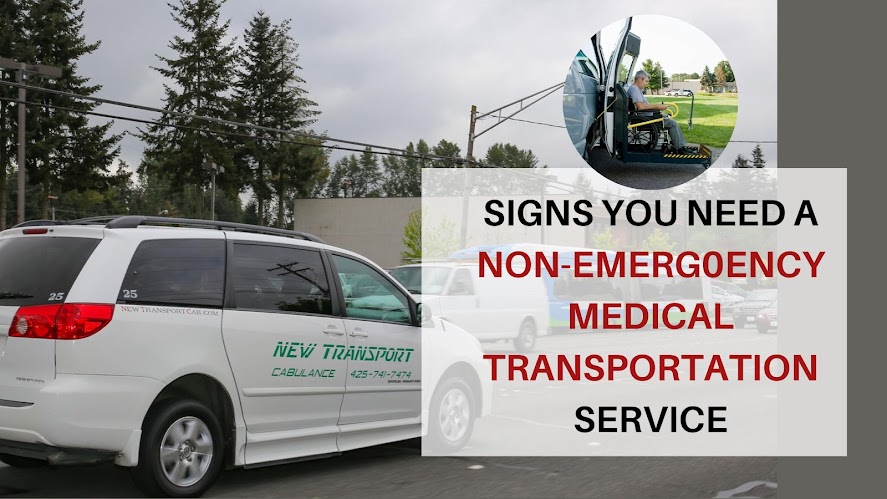Transportation as a Barrier to Health Equity: Addressing Disparities in Seattle’s Medical Transportation System
Transportation is a critical component of healthcare access, particularly for low-income, elderly, and disabled individuals who may have limited mobility options. In Seattle, transportation disparities can be a significant barrier to health equity, preventing many residents from accessing the care they need.
Addressing these disparities is critical to promoting health equity and ensuring that all residents of Seattle have access to quality healthcare:
Lack of Accessible and Affordable Transportation Options
Many low-income residents may not have access to a personal vehicle and may rely on public transportation or ride-sharing services to get to medical transportation Seattle. However, these options may not be reliable or accessible for individuals with disabilities or mobility challenges. Additionally, the cost of transportation can be a significant burden for low-income individuals, particularly if they need to travel long distances or require specialized vehicles.
Lack of Coordination and Integration between Medical Providers and Transportation Services
Another significant transportation barrier to health equity in Seattle is the lack of coordination and integration between medical providers and transportation services. Many medical providers may not be aware of the transportation options available to their patients or may not prioritize transportation assistance as a critical component of care. This can result in missed appointments, delayed care, and decreased health outcomes for patients.
Also red for, Innovative Technologies and Strategies for Enhancing Handicapped Transportation Services in Seattle
Increasing Access to Accessible and Affordable Transportation Options
To address transportation disparities in Seattle’s medical transportation system, one key strategy is to increase the availability of accessible and affordable transportation options for low-income, elderly, and disabled residents. This can be accomplished through partnerships between medical providers, community organizations, and transportation services to increase access to specialized vehicles and coordinate transportation assistance for patients. And you can also find the best Cabulance Near Me.
Improving Coordination between Medical Providers and Transportation Services
Another strategy is to increase the integration and coordination between medical providers and transportation services. Medical providers can play a crucial role in identifying transportation barriers for their patients and connecting them with the appropriate transportation resources. Additionally, medical providers can work with transportation services to develop patient-centered transportation solutions that prioritize safety, comfort, and accessibility.
Investing in Transportation Infrastructure and Urban Planning
Finally, there is a need to invest in transportation infrastructure and urban planning that promotes health equity. This can include improving sidewalk accessibility, increasing public transportation options, and promoting walk ability and bike ability in neighborhoods with limited transportation options.
Conclusion
In conclusion, transportation is a critical component of healthcare access, and transportation disparities can be a significant barrier to health equity in Seattle. By increasing access to accessible and affordable transportation options, improving coordination between medical providers and transportation services, and investing in transportation infrastructure and urban planning, Seattle can promote health equity and ensure that all residents have access to quality healthcare.
New Transport Cabulance is Wheelchair Accessible Transportation Services Seattle, serving people with special needs. For more information, contact us today on +1-425-741-7474 and email us via info@newtransportcab.com.
Original Source, https://bit.ly/427ESf8




Comments
Post a Comment